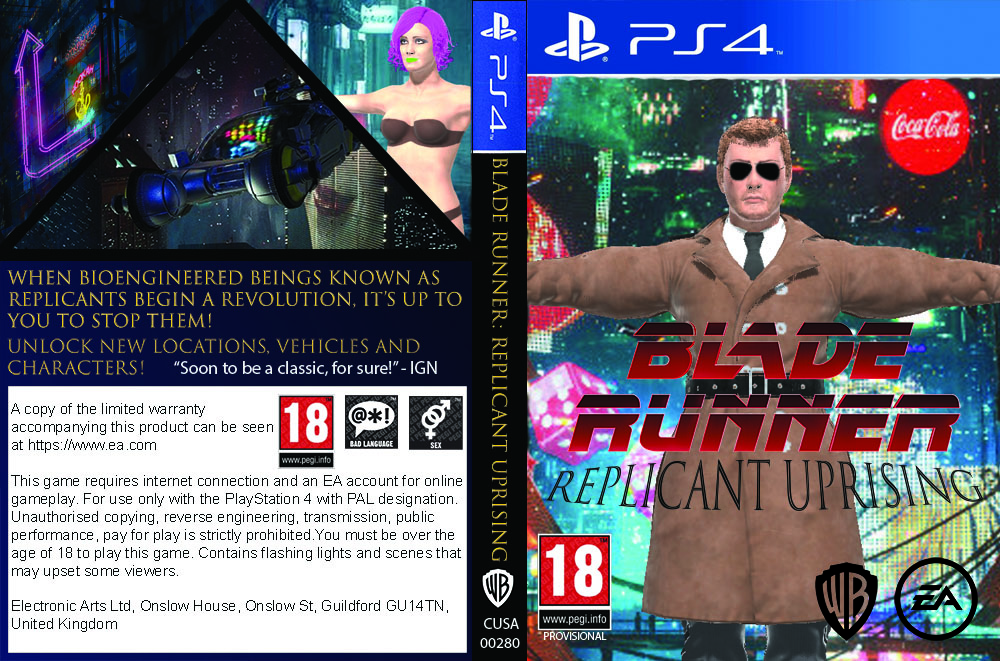In this essay I am going to apply a semiotic analysis to both the Tomb Raider and Metroid video games covers.
I will argue that both Tomb Raiders games cover and display the relationships, similarities and differences between signifiers. I will argue the challenge of female representation and their place in society linking to the media Tomb Raider which I feel does not represent women in a positive or productive way for the gaming community as they’re both sexist and degrading to women. as the way in which the main character Lara Croft is visibly being sexualised on the front cover, they have done this by ensuring that she is contorted into a pose which shows off her female attributes for example her butt, as well as her breasts being enlarged while having a very petite torso while wearing minimal clothing, this is creating unrealistic ideations of women by the men playing video games and conforming to the stereotypical standards that they believe all women must look like. Although people may think that Lara Croft has was defeating gender stereotypes buy being a strong main female character, Croft does not rely on the help from a male character to complete her quest which therefore creates a influence on the male gaming community as it encourages them to have a more open mind in how women should be presented compared to how they typically are presented for example “the damsel in destress” however, it was subsequently overrun by how the game designers sexualised her as a character.
This reflects upon Laura Mulvey’s notion on the male gaze in that the dominant signifier is designed in such a way that she appears sexualised. In the words of Mulvey, she is a character whose “appearance is coded for a strong visual and erotic impact” (“Visual and Other Pleasures”, 1989). Laura states that women are presented as sexual objects for heterosexual male gratification, she believes this due to the abundant mass of females in the media being objectified to please men and to entice them to buy products.
Additionally, from this the game Metroid the main character who is seen as a large robotic character (Samus Aran) is a radical character as she is defeating gender stereotypes by being a strong main character with no sexualised attributes of a female as she is always seen in a sci-fi robotics suit which also covers her face, this is effective as it makes a change in media as the dominant signifier could point to suggest to a sense of power and independence the character has, on her own, regardless of her ‘Metroid’ character she plays. The Metroid character is usually the vast majority of connected with more strapping connotations and would stereotypically be depicted by a male. Evidently, this character counteracts this stereotypical representation, protesting a radical presentation. The media industry rarely showcases countertypes in a determined light.
To conclude, both Metroid and Tomb Raider describe two rather lookalike representations of female protagonists in the sense that they’re both presented as radical due to their bravery and independence furthermore additionally both being sexualised to meet the want of the ordinary straight male audience. However, the limited disagreement is that this representation is a lot less clear with regards to the Metroid fore mask compared to the Tomb Raider fore mask due to the essential character being portrayed as a gallant figure at 1st glance.








